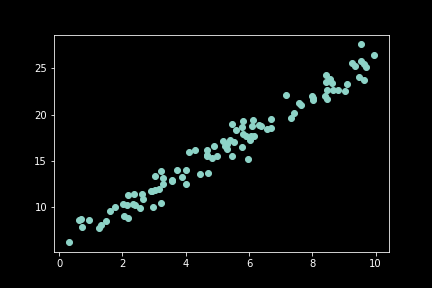Introduction to Pytest & Pipenv
Posted by Jack McKew on Fri 20 September 2019 in Python • Tagged with python, pytest, pipenv • 2 min read

Unit tests in general are good practice within software development, they are typically automated tests written to ensure that a function or section of a program (a.k.a the 'unit') meets its design and behaves as intended.
This post won't go into testing structures for complex applications, but rather …
Continue reading


